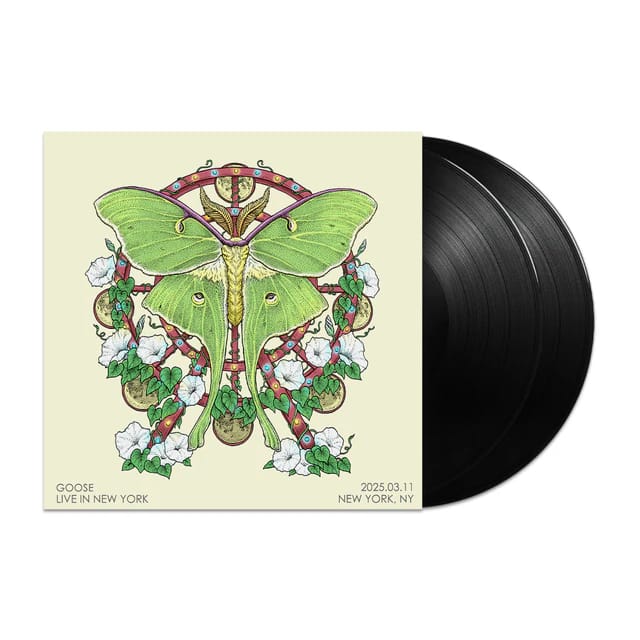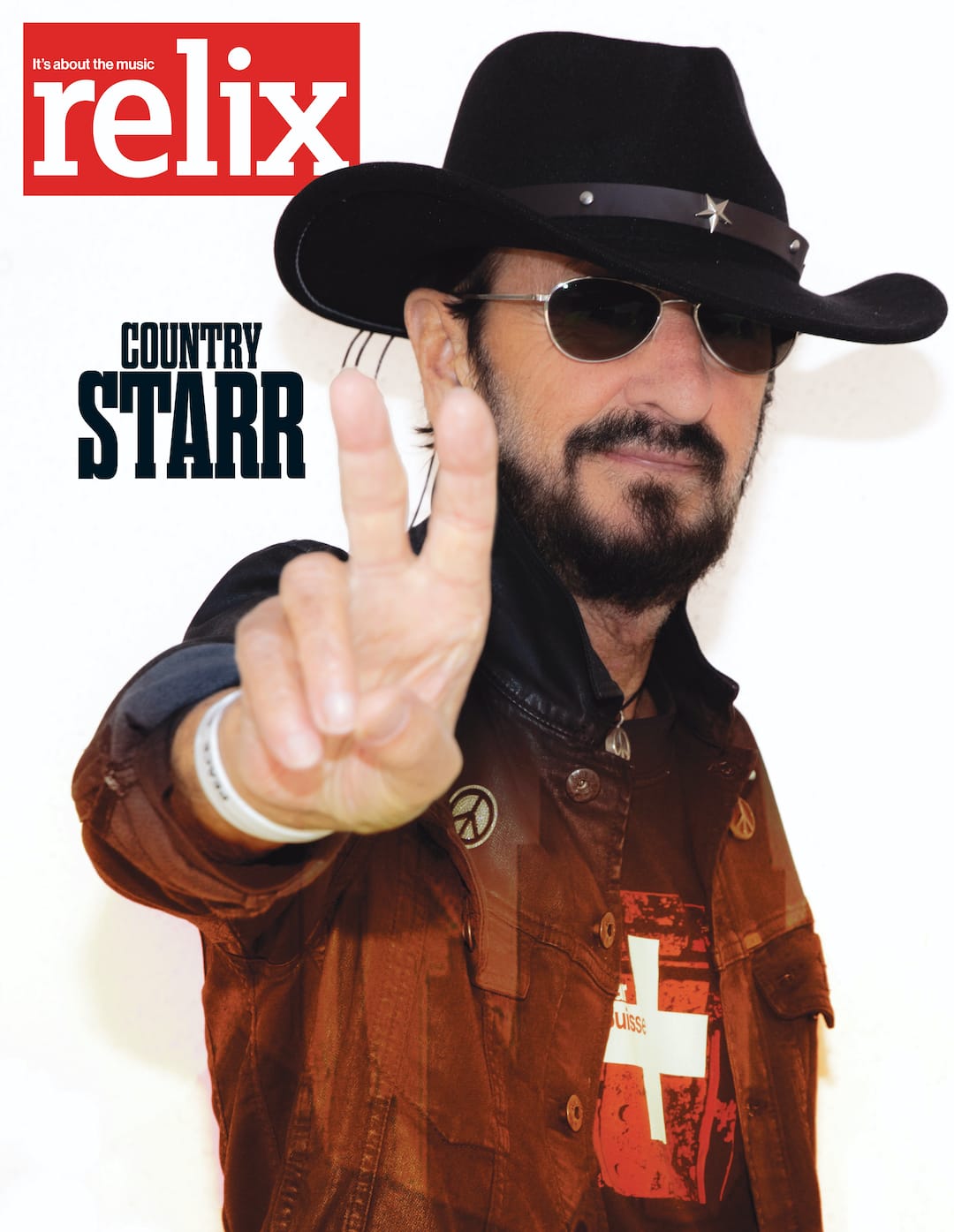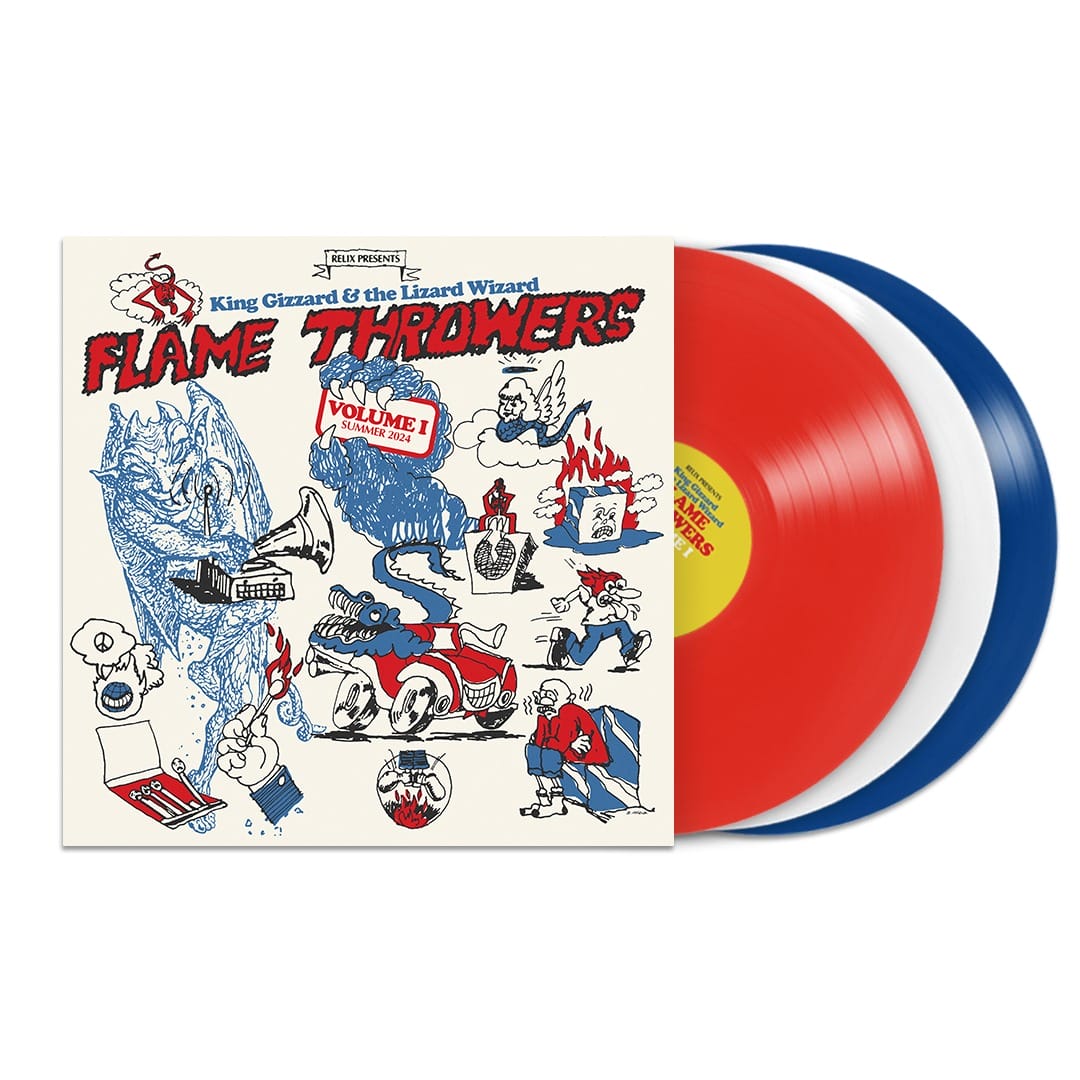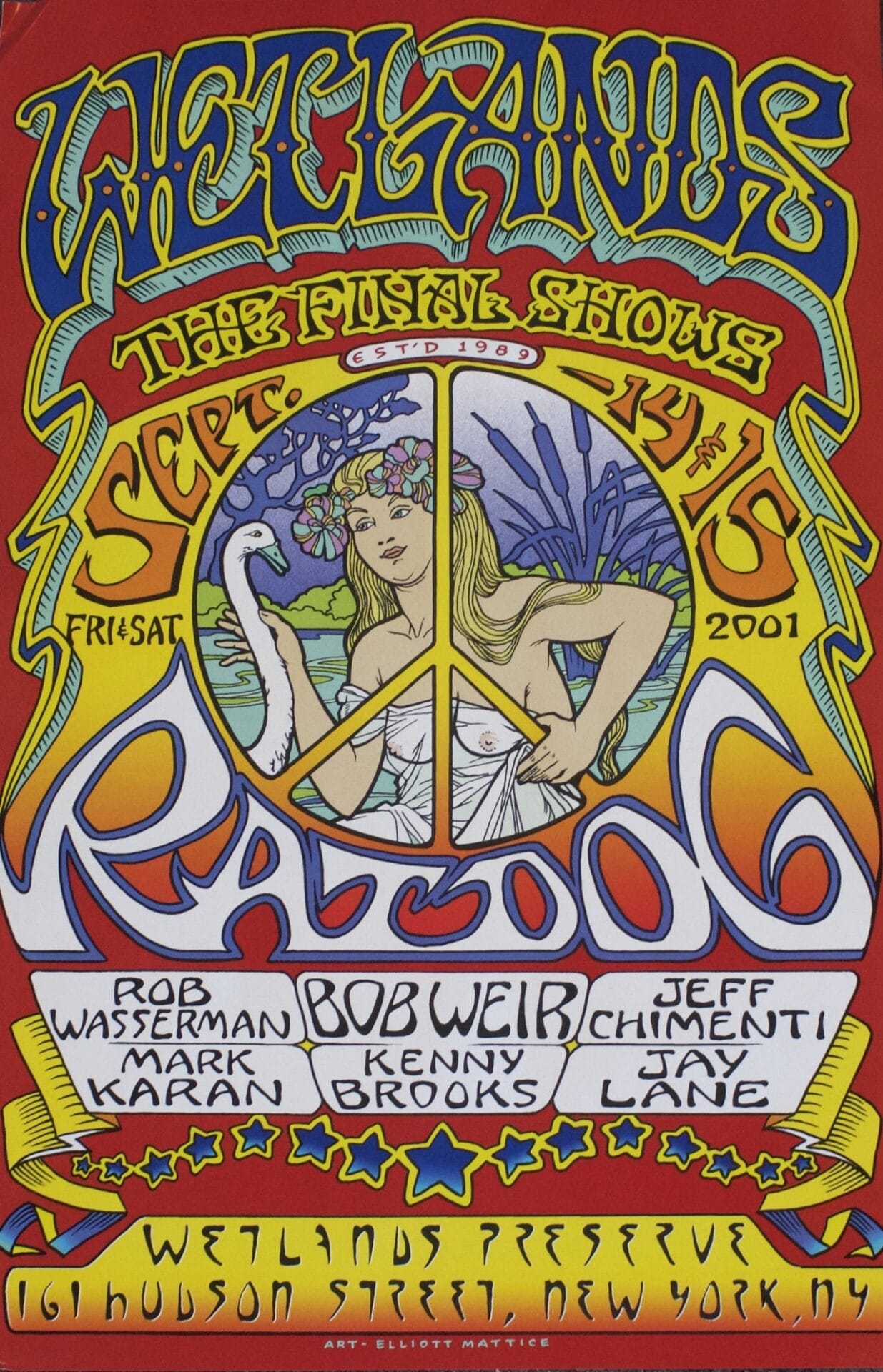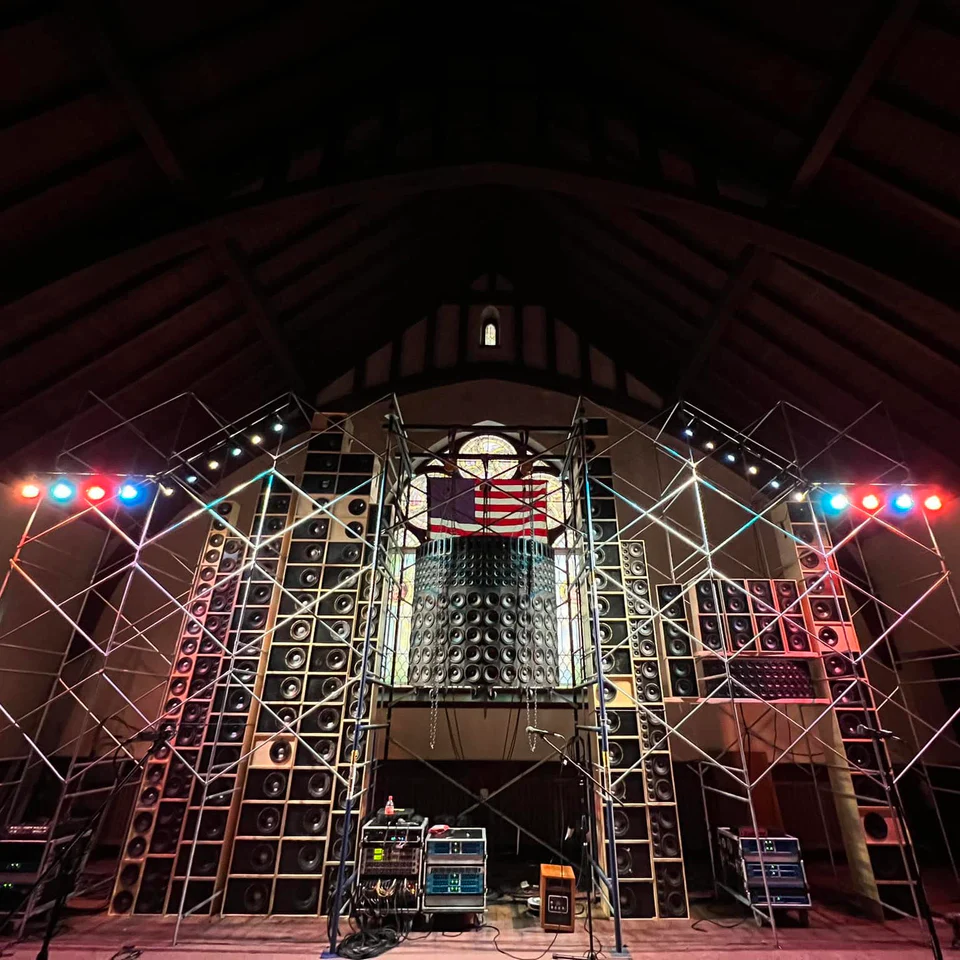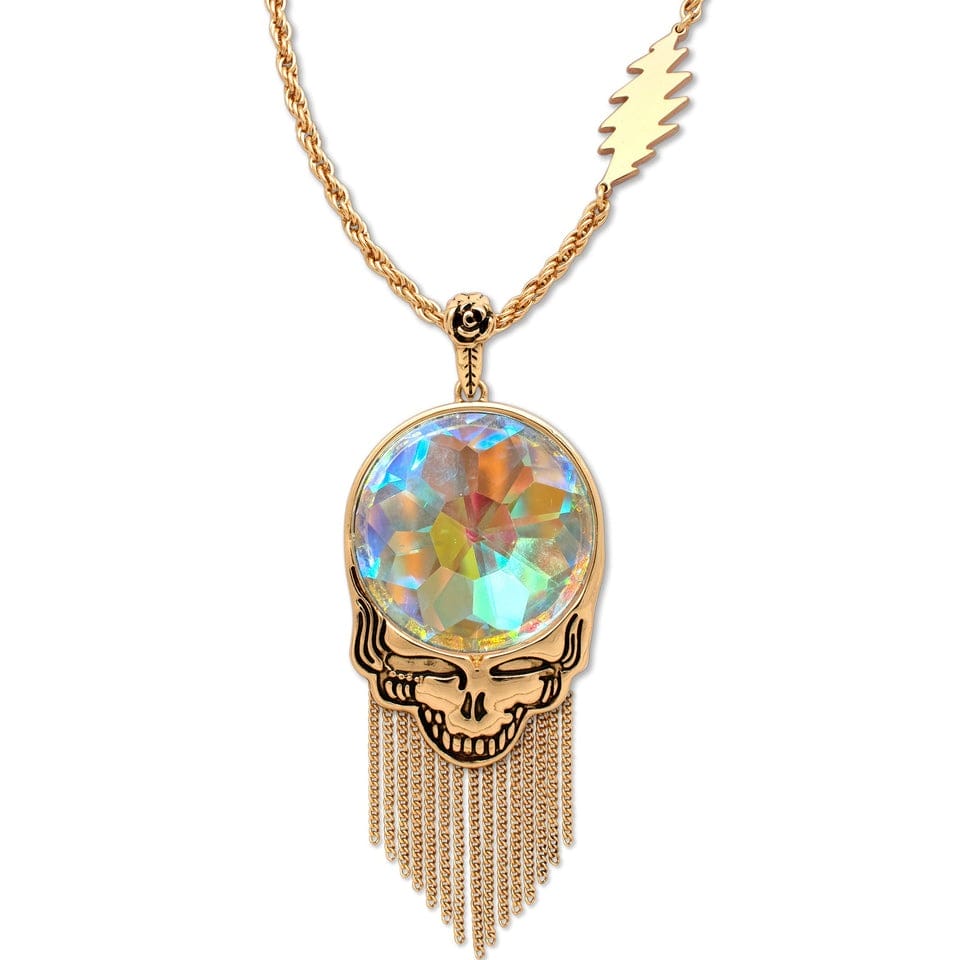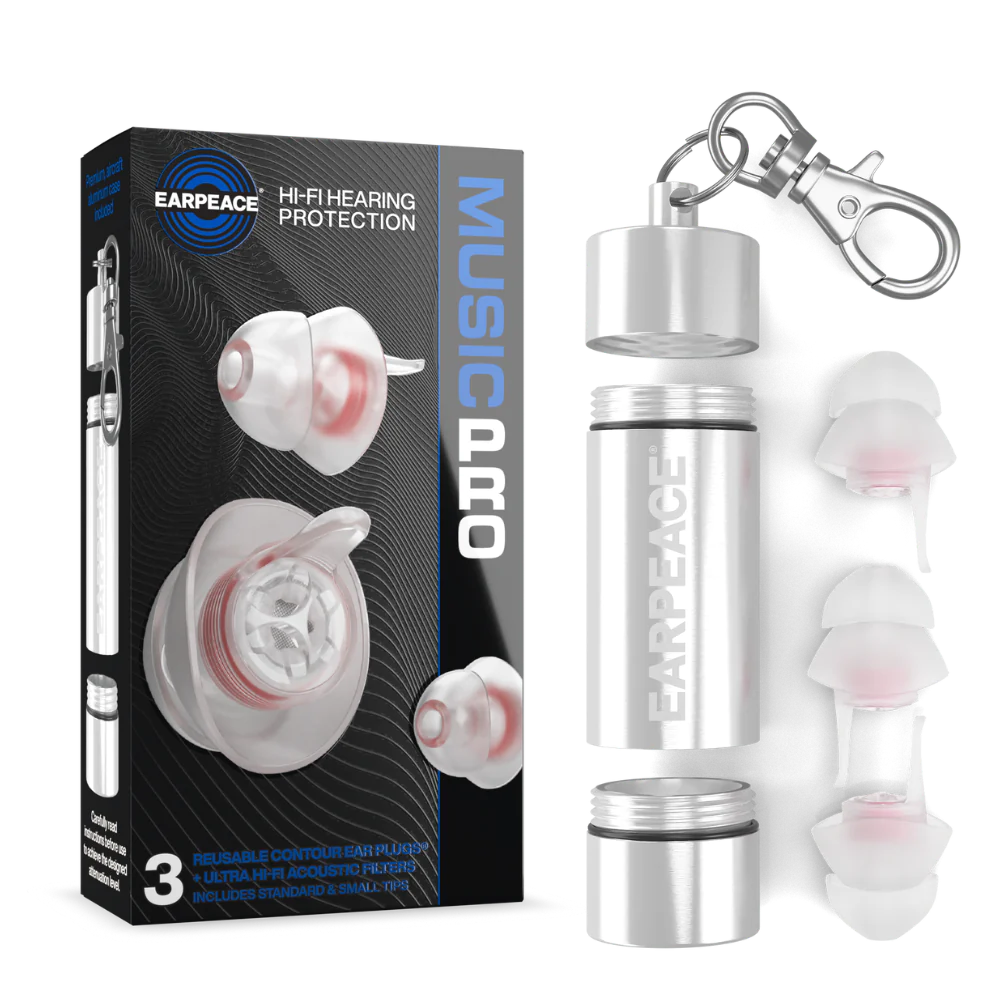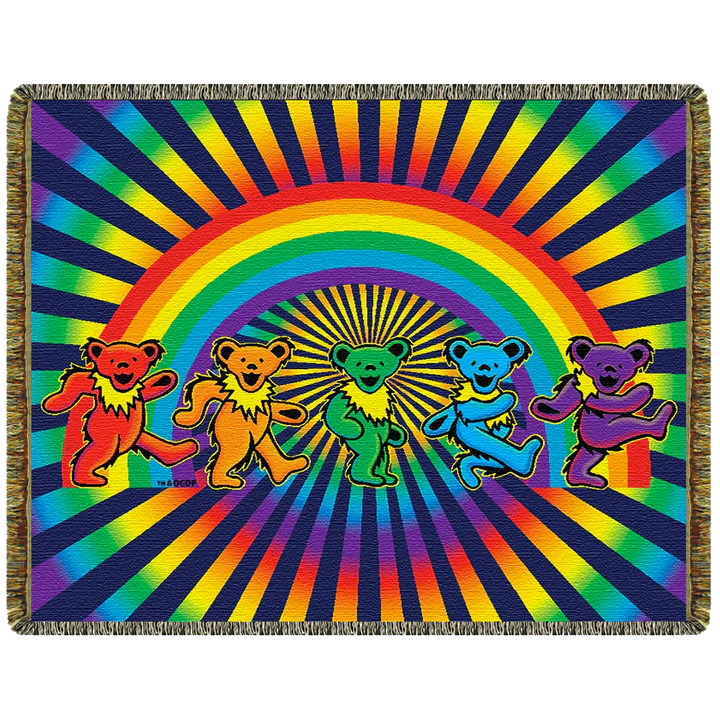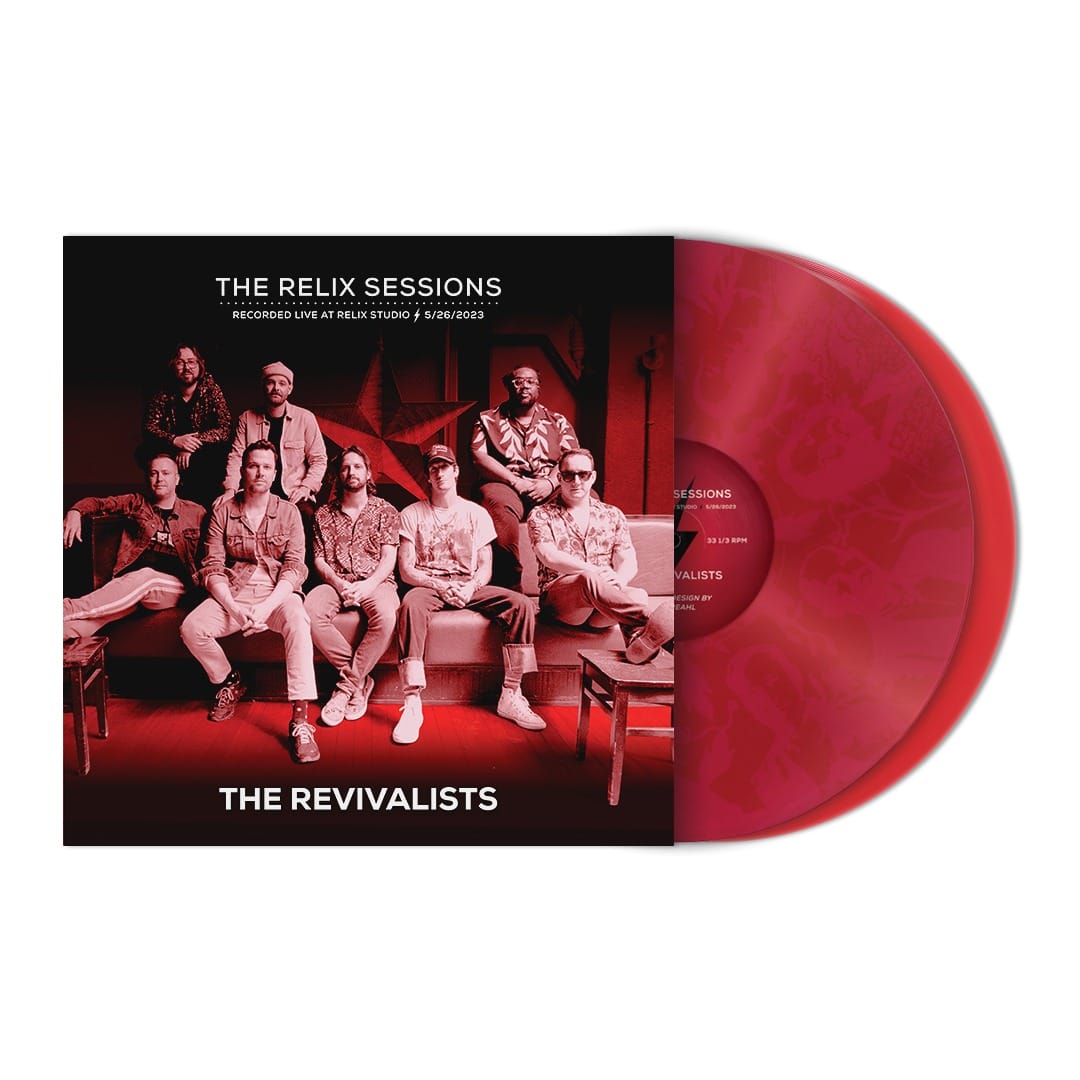Rearview Mirror: Jethro Tull
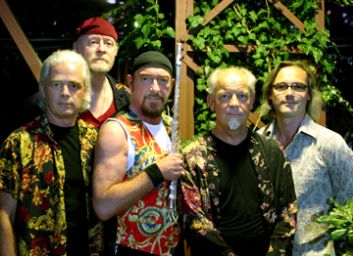
Jethro Tull today
Since 1968, Jethro Tull has sold more than 50 million albums (with 30-odd releases) and still performs more than 100 concerts annually. But discuss the group’s acclaimed 1971 album Aqualung with frontman Ian Anderson and you’ll realize that 40 years after its release he is still miffed about the way the LP turned out.
The Island Records studio in London where the band recorded it was new at the time – a converted church that was “big, echoey, daunting and rather dark,” says Anderson. “It had all the ghosts of its past and plenty of technical problems. At the end of the sessions, I wasn’t sure what we’d gotten. It’s a bit like an old photograph; you know it’s in the camera, but you don’t know what the picture is until it’s developed. There’s the feeling you might just have a bit of black film.”
Despite Anderson’s reservations, Aqualung went on to become the group’s signature work, selling more than seven million copies worldwide. In 2003, Rolling Stone magazine ranked it 337th on its list of 500 best albums, ahead of The Doors’ L.A. Woman and Bruce Springsteen’s Greetings from Asbury Park.
At the time, Aqualung was a big departure from the mainstream pop of the era and from Jethro Tull’s previous blues-oriented releases This Was, Stand Up and Benefit. Aqualung combined elements of jazz, classical, hard rock and blues. Critics dubbed it a concept album (Anderson disagrees) because many songs were related thematically and musically. The band explores the plight of the underprivileged in the songs “Aqualung,” “Cross-Eyed Mary” and “Up To Me,” while “Hymn 43” and “My God” criticized organized religion.
Anderson, 64, has continued to tour, both as solo artist and with Jethro Tull. This summer, the band – which has yet to be inducted into the Rock and Roll Hall of Fame – celebrated the 40-year anniversary of Aqualung with a 15-city North American tour.
You’ve been touring for nearly half a century now. How do you deal with obnoxious fans?
When you have a few of the more hard-nut rock fans, it can be quite obtrusive. A lot of my music is acoustic. It’s particularly disheartening when I’m trying to play the intro to “My God” and there’s someone whistling and hooting over something that is, to me, a very important part of the song. I’d like to be allowed to play it and not be shouted down. It’s not a political rally – it’s a musical concert. And if that sounds a bit snobbish, then tough. I’m the guy doing it, and I do it on my terms. If people persist in shouting and screeching, I’ll go on for 20, maybe 30 seconds and stop and say, “OK, you win. We’ll move on to the loud bit now.” And we do.
When I chatted with your guitarist Martin Barre, he remarked that because you two have worked together for so long, you don’t have to say much to each other onstage.
Well, that’s not necessarily a good thing. I think it’s good to be a little unpredictable. It’s a positive relationship, but also negative in that it’s very easy to get set in your ways. One reason I do a lot of solo shows as Ian Anderson is that I have the opportunity to stretch a little wider and deeper in terms of the Jethro Tull catalog, but also in terms of introducing a new song or something new for an arrangement. I do concerts with orchestras, string quartets, guest soloists, acoustic shows, rock-type shows – I do all that as Ian Anderson. When it’s a Jethro Tull show, I think it tends to focus more on a smaller selection of material and also, I suppose, will bring more rock fans into the audience.
I’m amazed that Jethro Tull is not yet in the Rock and Roll Hall of Fame.
I think there are more deserving American artists who should be in before you start thinking about British bands. It is particularly an American institution. I want to see Captain Beefheart there before Jethro Tull. Mose Allison, a pianist/singer/songwriter who’s influenced a whole generation or two of people in the Hall of Fame, deserves to be there even though he’s from the world of jazz. My own stuff is there, though. I know, because I’ve seen it: a mannequin with my stage clothes standing next to Rod Stewart’s! I remember thinking, “Either we had a very bad dry cleaner or the Hall of Fame has a bad one, because the stuff looks impossibly small.” You know, a three-and-a-half-foot-tall person would be struggling to get into Stewart’s outfit and mine is not much bigger. It’s quite extraordinary. We must have been skinny little guys.


